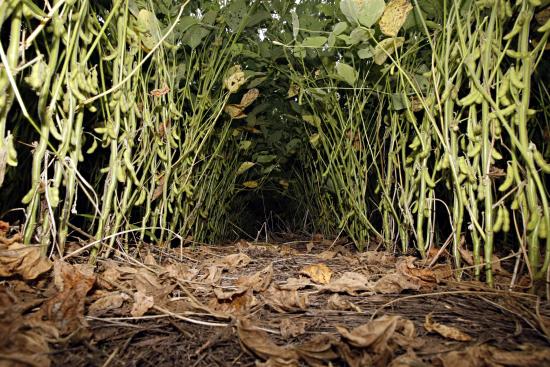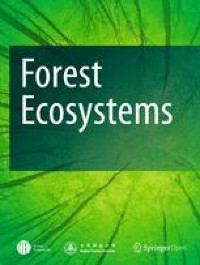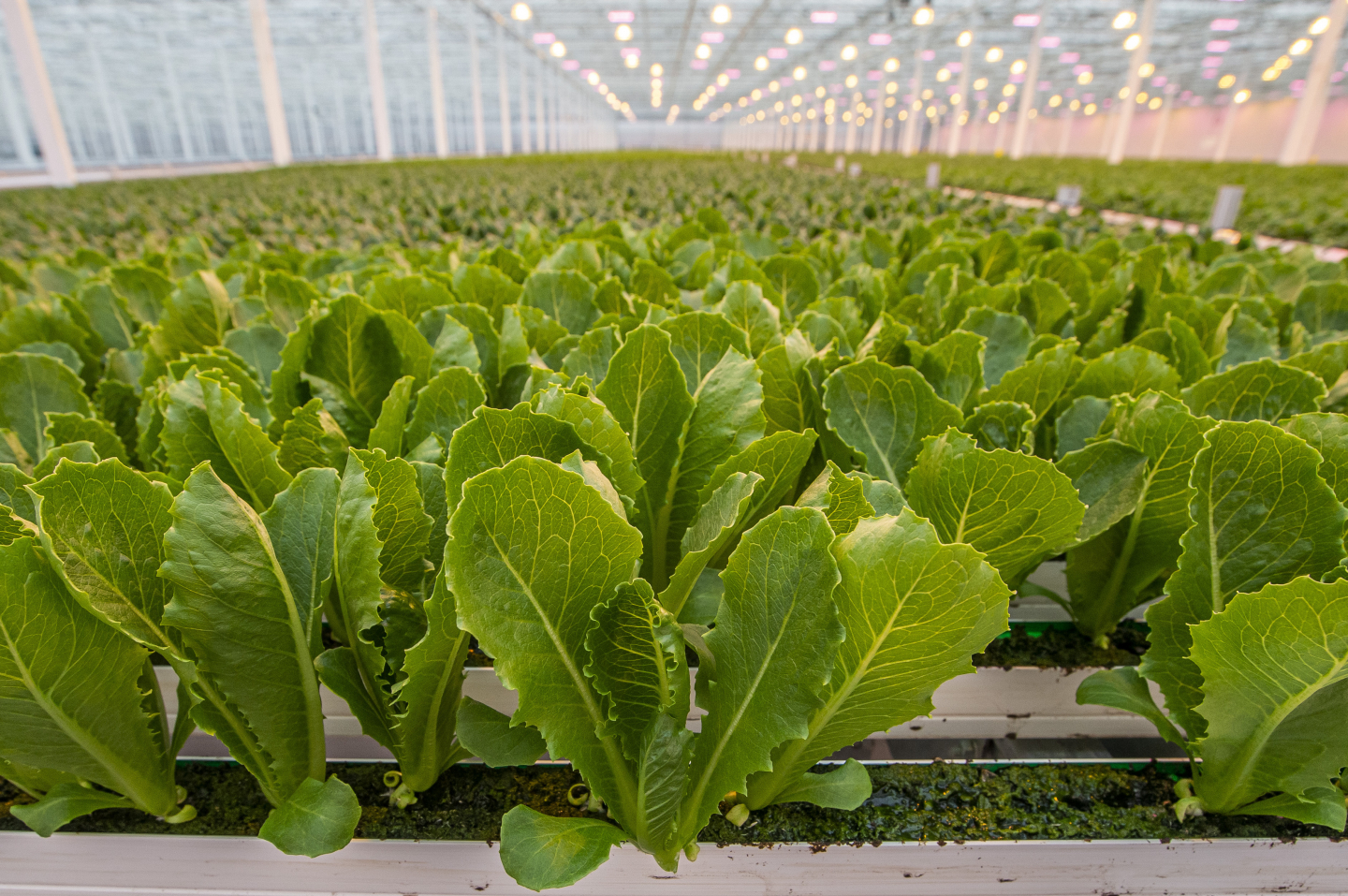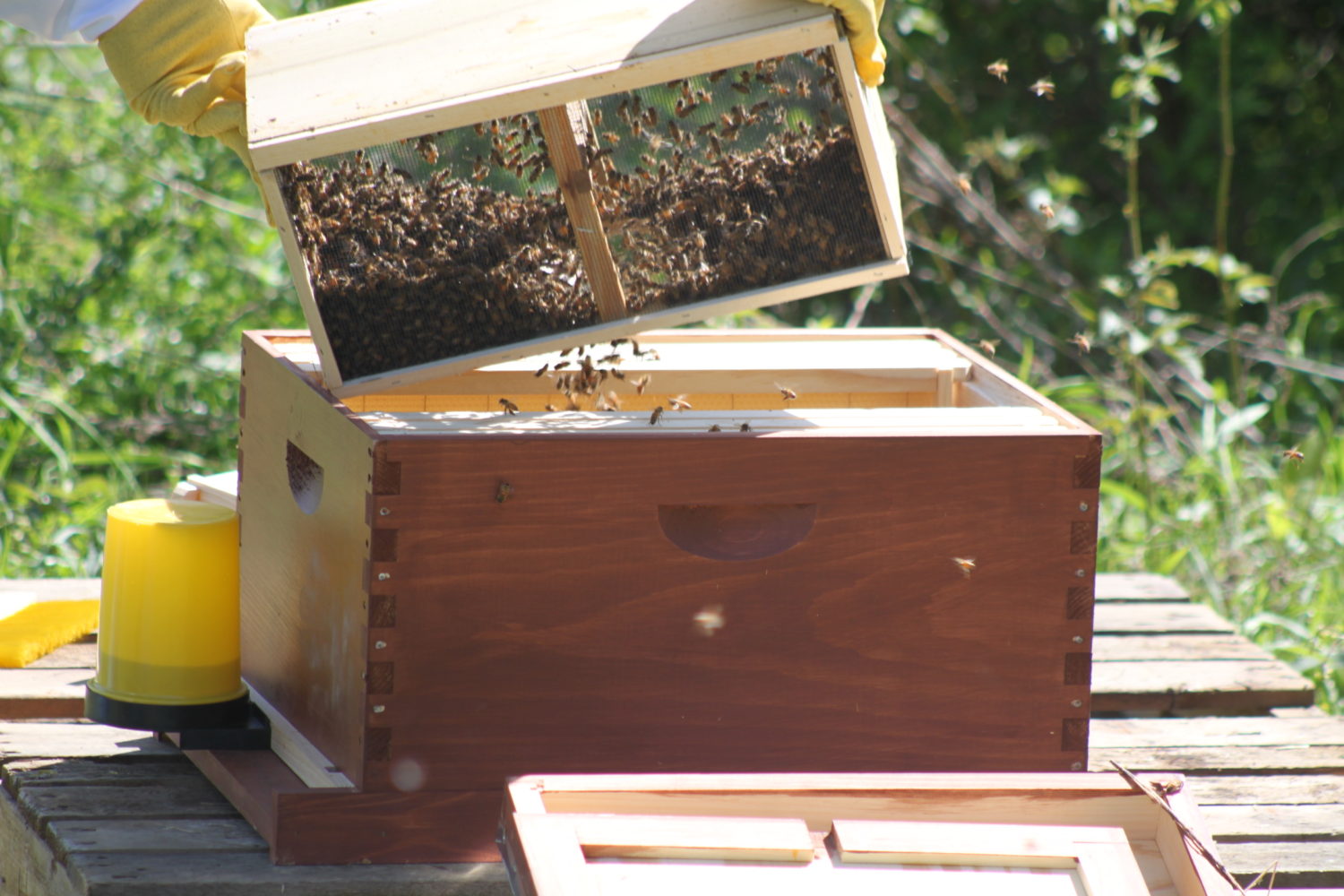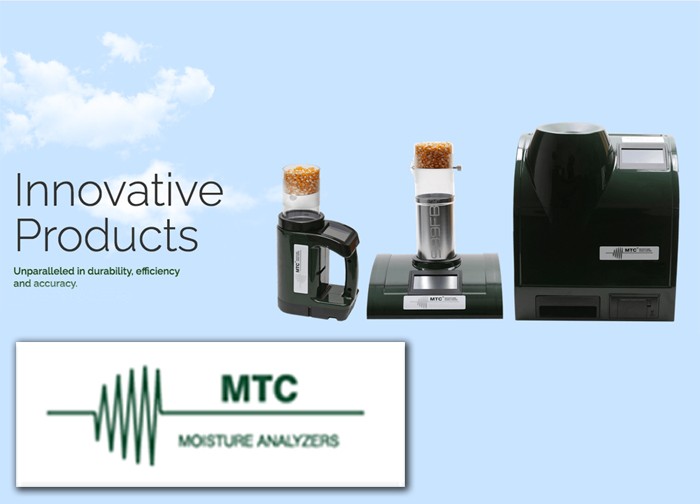09/02/2021 SOURCE: www.thefuturist.co
Future Agriculture Vertical farms are incredible. They could solve our food security needs in the future and could change the way we get our food forever. Credit Tom Carroll
How Vertical Farms Could Change Our Future
-
(0)
-
Bookmark
- Comments. (0)
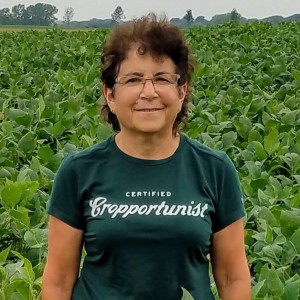 Nancy Kavazanjian
Nancy Kavazanjian
Topics: Corn/Maize, Soybeans, Agriculture US,
U.S. corn and soybean condition ratings unchanged, USDA reports
USDA released its weekly Crop Progress Report Monday.
-
(0)
-
Bookmark
- Comments (0)
 John LaRose Jr.
John LaRose Jr.
Topics: Agriculture US, Forestry, Economics, Sustainability, Renewable Energy (Solar/Wind),
Effects of harvest intensity on the marketable organ yield, growth and reproduction of non-timber forest products (NTFPs): implication for conservation and sustainable utilization of NTFPs - Forest Ecosystems
Background Non-timber forest products (NTFPs) are an important part of forest biodiversity, and the subsistence and trade of local people, especially in less developed countries. Because of the high ecological and economic value, NTFPs have faced the problem of over-exploitation, and the key to solve this problem is to determine the feasible way of sustainable utilization of NTFPs. Harvest intensity is one of the most important and easily controlled utilization factors, which can greatly influence the plant individual survival, growth and reproductive performances, and even the population structure and dynamics. Therefore, we chose two common and important NTFPs species with different marketable parts (i.e., Acanthopanax senticosus with tender leaves and Aralia elata with tender buds) as our study objects. Aiming to determine the optimum harvest intensity for sustainably utilizing both NTFPs species, five levels of harvest intensity treatments (i.e., control, light, medium, high and severe) were designed to assess the effects of harvest intensity on their marketable organ yield, plant growth and reproductive performances. Results The biomass growth rates of marketable organ and plant growth of A. senticosus under light harvest intensity treatment were significantly higher than those under other harvest intensities. The plant height growth and 1000-seed weight of A. elata under severe harvest intensity treatment were significantly lower than those under control treatment. Conclusions The light harvest intensity with 25% leaf removal and the high harvest intensity with all terminal buds harvested are the optimum harvest intensity to maintain the sustainable utilization of A. senticosus and A. elata, respectively. These findings could provide managers with basic but practical guidance for making decisions about the sustainable harvest management plan for the cultivated NTFPs species, and further provide a theoretical basis for managers to establish the harvest regulations for wild NTFPs species. Consequently, the lo...
-
(0)
-
Bookmark
- Comments (0)
Topics: Agriculture US, Environment, Consumer/Retail,
Thrive Market is revolutionizing the way we buy food with its sustainability & conscious consumer focused values
With an eye on conscious consumers who want to live healthily, affordably and leave the Earth a better place for their grandkids, Thrive Market has found a way to truly revolutionize how we buy our food.
-
(0)
-
Bookmark
- Comments (0)
 John LaRose Jr.
John LaRose Jr.
Topics: Wheat, Corn/Maize, Soil Health, Precision AG , Agriculture US, Crop Consultant, Agriculture Global, Fertilizer,
How the roots of wheat and corn adapt to soils with different rock contents
Hidden under our feet lies an entire unseen world. The soil teems with life. Microbes, small animals and fungi all call the darkness home. And so do plants. At least the half of them that we know as roots.
-
(0)
-
Bookmark
- Comments (0)
08/30/2021 SOURCE: www.realclearscience.com
Organic food producers, which eschew synthetic pesticides for
Hydroponics Reveals That Organic Food Is About Ideology, Not Sustainability
-
(0)
-
Bookmark
- Comments. (0)
 John LaRose Jr.
John LaRose Jr.
Topics: Agriculture US, Agriculture Global, Food/Nutrition, Research, Ag Global Specialty Food, Plant-Based/Animal Free, Plant Breeding, Food Security/Shortage,
-
(0)
-
Bookmark
- Comments (0)
 John LaRose Jr.
John LaRose Jr.
Topics: Agriculture US, Organic, Agriculture Global, Beekeeping, Beyond Organic , Pollinators,
Keeping Bees - Adding More Hives To The Farm This Year
Anyone who reads our blog with regularity quickly realizes how vital of a role honey plays in our life at the farm. Honey is a main ingredient in our strawberry …
-
(0)
-
Bookmark
- Comments (0)
 John LaRose Jr.
John LaRose Jr.
Topics: Soil Health, Agriculture US, Organic, Agriculture Global, Education U.S. MidWest, Gardening, Urban Farming,
Comparing the pathogen numbers in backyard and commercial composts
Compost—organic material that is added to soil to help plants grow—is widely used by gardeners because it improves soil health and reduces the amount of organic waste in landfills. Although several studies have looked at commercial composts, very few have investigated backyard compost samples. In a new study, researchers have measured the number of pathogens in both types of compost.
-
(0)
-
Bookmark
- Comments (0)
 John LaRose Jr.
John LaRose Jr.
Topics: Precision AG , Agriculture US, Education U.S. NorthEast, Agriculture Global, Research, Regenerative Agriculture,
Scientists take step to improve crops’ photosynthesis, yields
Blue-green algae (cyanobacteria) are known to photosynthesize more efficiently than most crops, so researchers are working to put elements from cyanobacteria into crop plants. A new study describes a significant step towards achieving that goal. “Absence of Carbonic Anhydrase in Chloroplasts Affects C3 Plant Development but Not Photosynthesis,” published August 11 in the Proceedings of the National Academy of Sciences.
-
(0)
-
Bookmark
- Comments (0)



